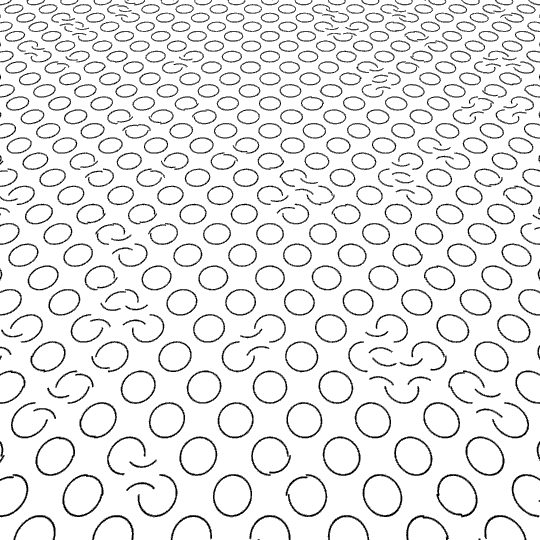I am not making much headway with understanding the rest of the poem, but this image from Ernesto Mejía Sánchez' "Long Play/Boleros" leaps off the page at me:

posted evening of March third, 2020: Respond
➳ More posts about Readings
 |
Sunday, February 9th, 2020

a demo recording of my latest song--
posted afternoon of February 9th, 2020: Respond
➳ More posts about Pretty Pictures
|
 |
Saturday, February first, 2020
In my post below on dowel vs. bolts I've been working through a couple of different designs for the brass viola. A dowel will absorb most of the tension of the strings, so that the tension on the soundboard is primarily from the bridge pressing down towards the dowel. If instead of a through dowel, I use blocks and tenons at either side of the pan, then it seems clear there will be a lot more tension on the pan, and in different directions. The question in my mind is whether this extra tension will enhance the sound or detract from it.
My guess is that the extra tension across the soundboard will be a good thing, is why I'm leaning toward the latter solution. You need tension for the soundboard to resonate; so why not add more tension? As I visualize the instrument strung up, the strings would tend to pull the endpin upwards, which would in turn pull the tail block against the pan, this would have the effect of making the pan quite taut along its length. If the instrument were constructed with a dowel. the pan would be under tension along its center line from the bridge to the neck and tail, but the sides of the pan would be less responsive.
posted evening of February first, 2020: Respond
➳ More posts about Luthery
|
 |
Friday, January 31st, 2020

posted afternoon of January 31st, 2020: 1 response
|
 |
Wednesday, January 29th, 2020
Check it out, from the pov of a piscene cartographer: an oceanic pangæa. The work of Athelstan Frederick Spilhaus:
 (Note this map is fantastic for faces. See them?)
↻...done
posted evening of January 29th, 2020: Respond
|
 |
|
An issue in designing the brass viola, is what to use for a tailpiece. I cannot use a cello tailpiece, because the distance from the tail to the bridge is too short. My impulse is to use a viola tailpiece; however a much longer tailgut is needed than what is used for a viola (and I think longer than a cello tailgut), and I believe the thickness of it will be too great to fit in the holes drilled into a viola tailpiece. In addition, viola fine-tuners will not work because they are too small to accept cello strings.
My tentative plan is to use a viola tailpiece but drill new holes in it, and run a Bois d'Harmonie bass tailcord through the end of the tailpiece and around the middle; and to forego fine-tuners on the tailpiece and instead use geared pegs. I may in the end have to carve my own tailpiece but am hoping not.
 Update: a genius idea from the Cello international forum on FB: In lieu a tailpiece, use two loops of kevlar thread and four brass rings -- each of the strings effectively gets its own "tailpiece".
posted afternoon of January 29th, 2020: Respond
➳ More posts about viola d'ottone
|
Previous posts
Archives  |















